Motorcycle Investor mag
Subscribe to our free email news
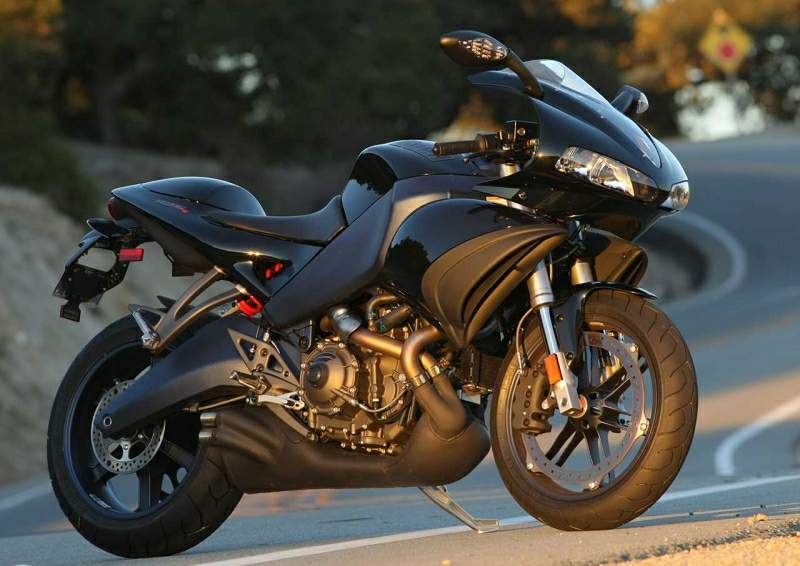
Future collectible: Buell 1125R
by Guy ‘Guido’ Allen, Feb 2021
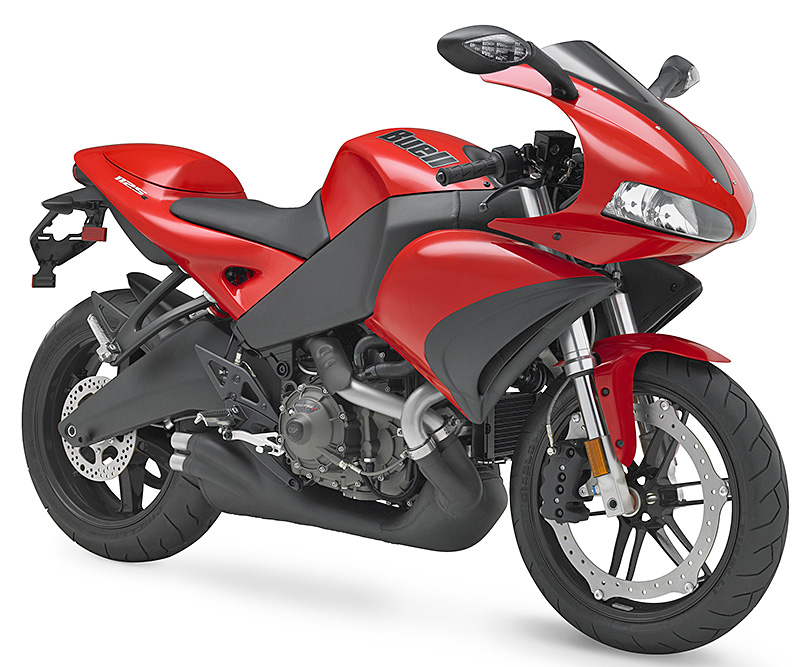
Buell’s big dream machine
It may have flamed out, but the last of the real production bikes deserved a whole lot better
Seriously, you couldn’t make up the history of Erik Buell and his quirky brand of motorcycles. Take the script to Hollywood and you’d get kicked out with the warning that melodramas are out of fashion. However, I reckon the fact the brand is so closely identified with one person will, eventually, make its product collectible.
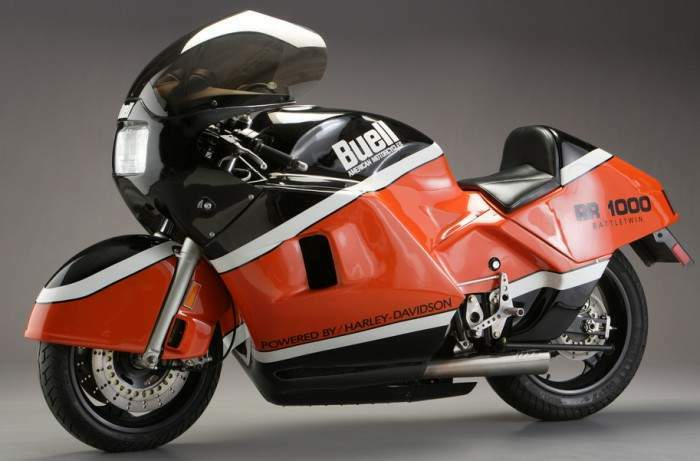
A couple of the very early models – such as the RR1000 and RR1200 Battletwins of the mid to late 1980s are already in that sphere. And more will follow.
If you’re not familiar with the Buell story, here’s a quick recap. A former Harley employee and enthusiastic road racer, he launched in to his own manufacturing by purchasing the designs for a two-stroke Formula 1 bike and making his own versions. The RW 750 got a few outings but, what seemed like minutes later, the country’s race controlling body – the AMA – decided to discontinue the class, effectively killing Buell’s business.
In what proved to be an all-too-familiar scenario over the years, he dusted himself off and started again. By the mid-eighties the Harley-Sportster-engined RR1000 emerged, of which 50 were made. Production numbers for the RR1200 weren’t a whole lot higher – around the 65 mark.
Over the years, Japan has probably been the most enthusiastic international market for these early machines.
However Buell did eventually get into volume, with over 130,000 bikes to be built by the time Harley-Davidson shut him down in 2009.
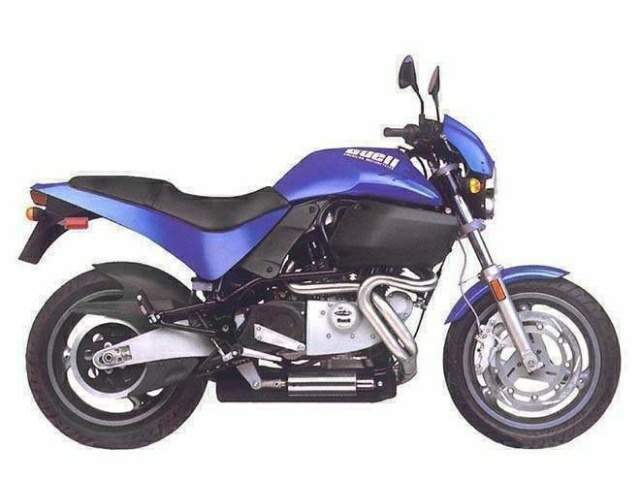
The first volume series (and effectively Gen 2) was the tube-framed series beginning with the S2 Thunderbolt in 1994 and ending with the M2 Cyclone in 2002. Of the group, the M2 was the pick of the litter as a ride – a good compromise between seating that worked and lightweight performance.
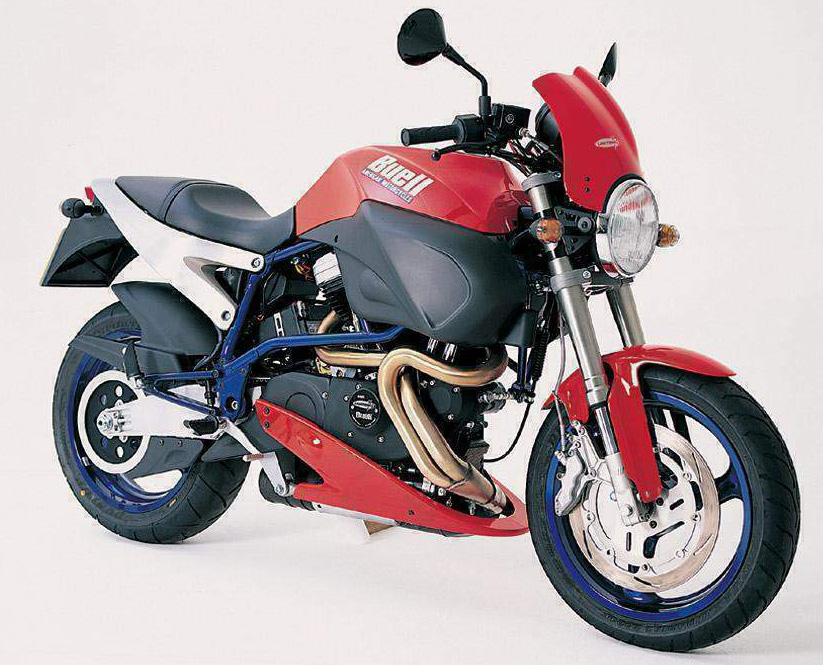
However I’d be picking the X1 Lightning, with its distinctive rear alloy frame member and ultra-sharp styling, to be the best long-term prospect when it comes to values. This entire generation ran Sportster-based engines, eventually fuel injected and with numerous bespoke mods. Though the engines generally coped okay, you always got the feeling they were on the ragged edge of reliability.
Gen 3 was the XB series (up to 2009), where Buell’s flair for innovative thinking really came to the fore. This is where we got fuel in the main frame members and oil stored in the swingarm, with perimeter brakes on the front rim.
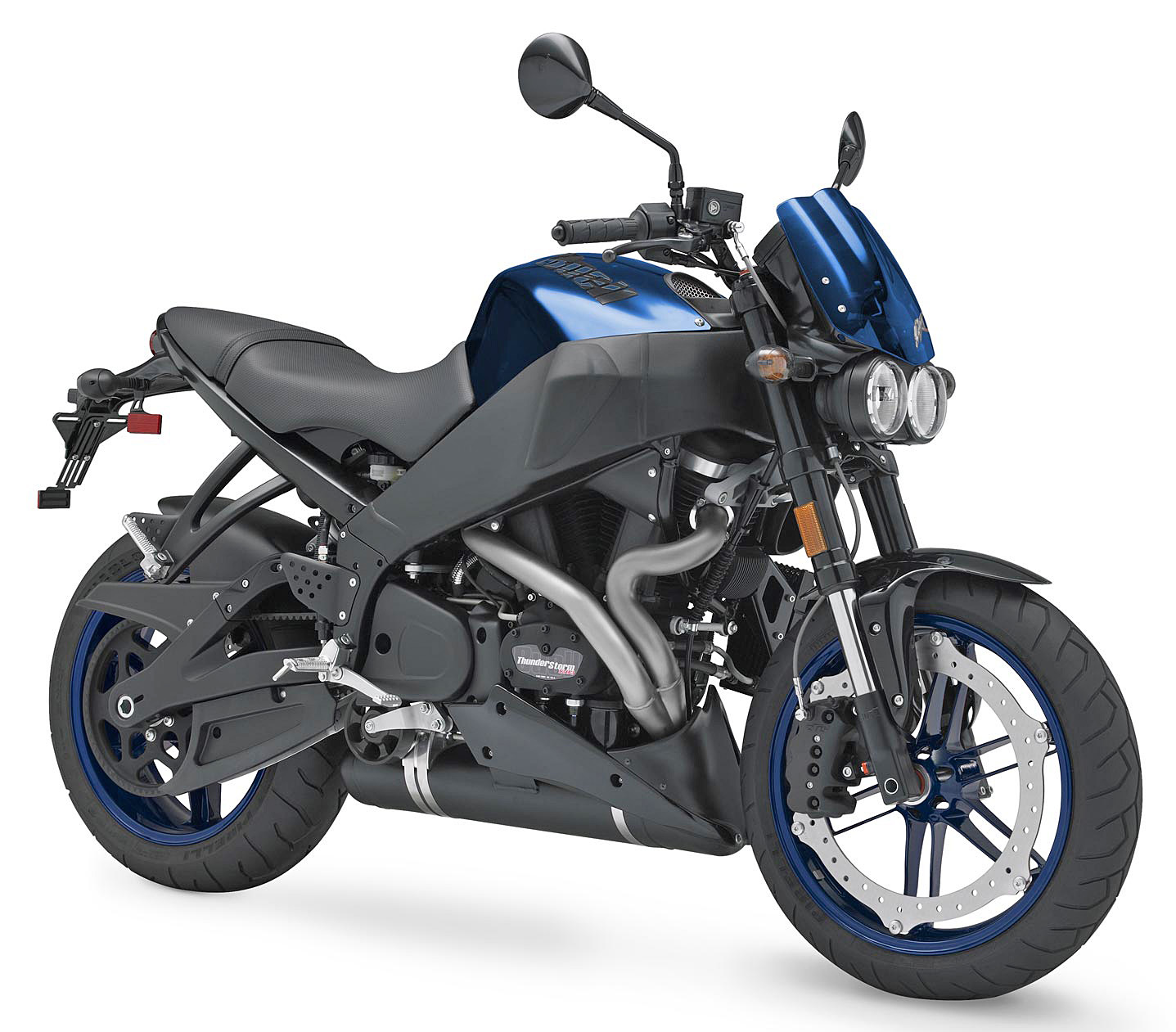
Myriad models were produced around the 904cc and 1203cc variant engines. The latter had undergone a lot of re-engineering, and the company in fact toyed with the idea of factory-fitted turbocharging. After burning a lot of development money, the turbo idea was dropped, and we continued to get the feeling the engines really were working very hard on these bikes. My pick would be the XB12S, and there seems to be some revival of interest in these.
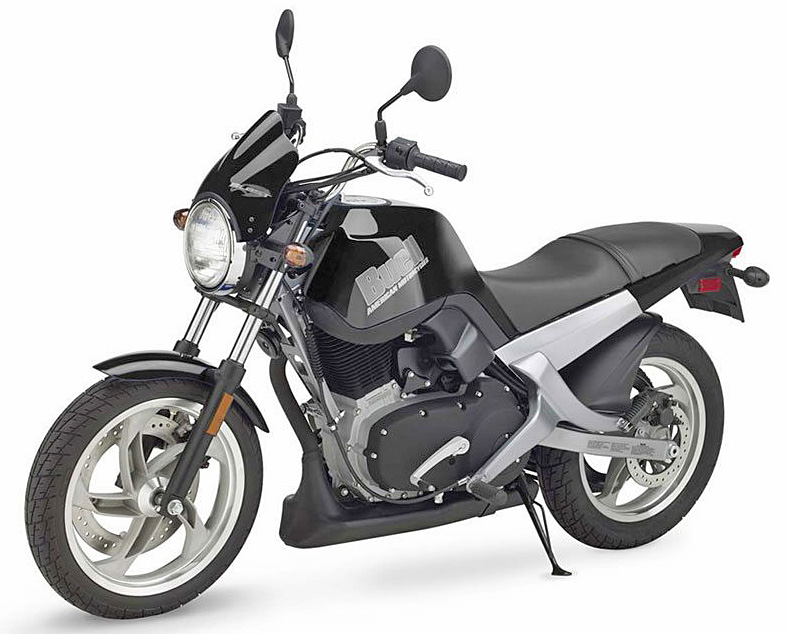
Somewhere in there the company produced the single-cylinder Blast – an entry level machine powered by a single-pot Sportster engine that swallowed a phenomenal amount of development money. Harley was keen to have an entry-level bike but this wasn’t a commercial success.
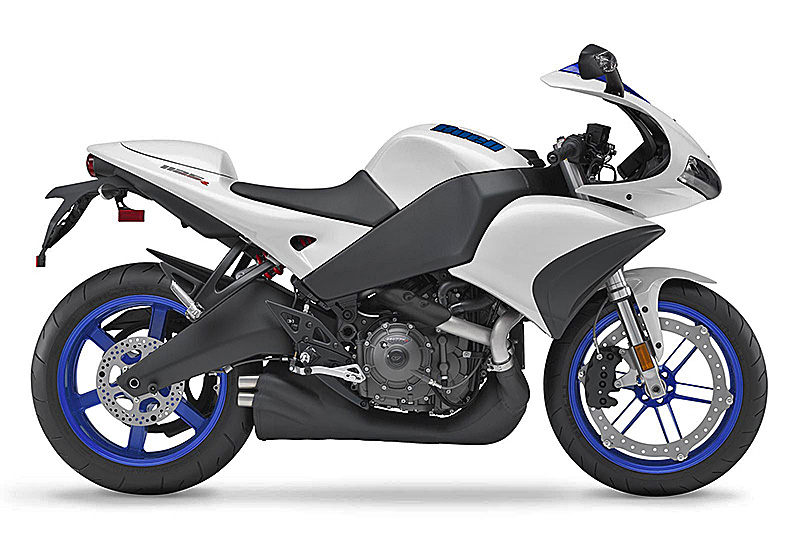
For me, the real peach in the range and the bike with the most long-term promise (outside the very early RR models) is the Rotax-powered 1125R. This was Buell unchained, using a serious and strong powerplant to produce a competitive sports bike.
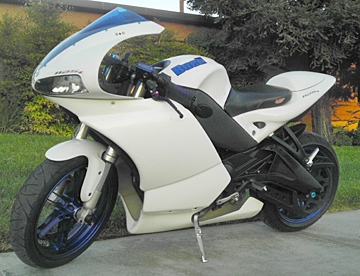
As with many models over the years, the 1125R’s biggest
issue was the styling, which was confronting and, let’s
face it, from some angles downright challenged. A number
of suppliers produced lower fairings for them (that's the
Airtech effort shown here), and this did a lot to remove
the visual emphasis from the bulbous air scoops. Though
you then lost much of the mechanical aspect to the design.
Buell’s optimism during the launch of this series was infectious. I did a long interview with him at the time (2008 – see the raw footage at youtube.com/allmoto) and there was no doubt this was a man at the height of his powers, looking forward to seeing his long-time dreams coming to fruition.
“The 1125 is a big breakthrough,” he said. “With the XB we did a lot of things with the chassis that hadn’t been done before and with this I had a lot of ideas pent up.
“For a long long time I wanted to do a more mainstream bike. Buell had become a very significant player in the air-cooled sport bike market – which is a niche. 90 per cent of the sport bike market is liquid-cooled. Releasing this was an important step for us – I wanted to be on the shopping list of riders who considered a water-cooled engine was essential for a sport bike.”
Early feedback on the machines was very positive, with good reason, they were damned good. But what got Buell really excited – he was always a racer at heart – was that a couple of early demos were scoring well in twins races at Hockenheim and Le Mans, even getting on the podium.
“These were press bikes used for the launch in Spain,” explained Buell. “Since the press, bless their hearts, had flogged them to death, we couldn’t sell them to the public. So we sold them to dealers who had been racing our bikes.
“We were stunned, these were stock bikes, geared wrong for those tracks!”
Harley’s relationship with Buell, which it majority-owned, had always been difficult. It had taken on some major warranty issues when it first bought a majority share, and you get the sense that though the firm like the idea of having a sports bike arm Buell’s creativity didn’t always gel with the corporate structure.
Adding to the problem is that H-D may never have been comfortable with Buell using an outside engine supplier in the shape of Rotax. That’s a shame as the 72-degree Helicon twin was a cracker, running 12.3:1 compression and claiming a healthy 146hp at 9800rpm. That was more than ample to shuffle along a bike claiming a 170kg dry weight.
Though early versions had a bit of a tendency to ‘hunt’ at low revs, they’d clear their throat by 2500rpm and were faultless from there. It was matched to a slick transmission and a clutch with a fairly wide-take-up point.
Dithering in a slow corner would sometimes be rewarded by a slight tendency to tuck in at the front, but the chassis worked a treat when ridden either at normal road or out-there track speeds. Braking up front was super sharp while suspension was high quality kit with plenty of adjustment.
Instrumentation was all-electronic, with plenty of features including a lap timer.
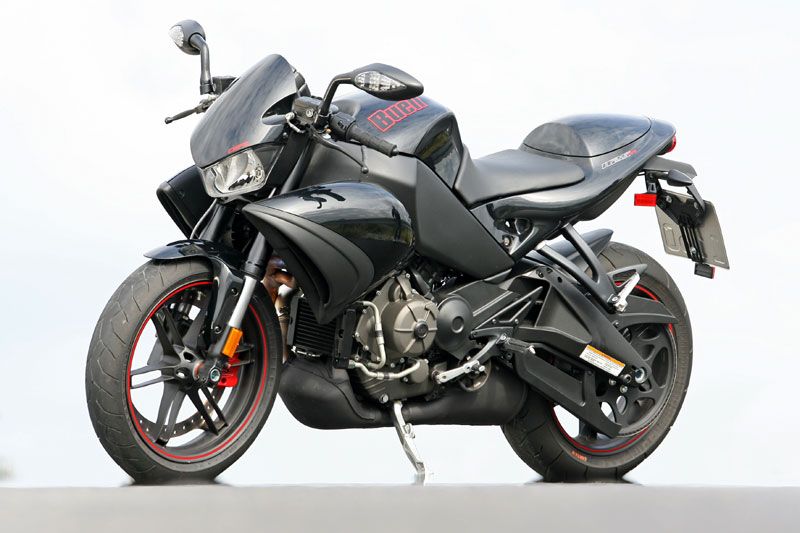
Pricing was sensible – $17,495 plus ORC (US$13,400, GB£9800) – and variants such as a CR (café racer) version started to emerge. Buell looked set for a promising future when the unthinkable happened and Harley pulled the pin on its investment. To this day the reasoning is unclear, though you would assume the new range wasn’t tracking for a profit and H-D decided to cut its losses.
Whatever the reason, Buell himself was clearly shattered, and the remaining stock was sold off at knock-down prices. I heard of bikes going locally for $10k as dealers were given a tight deadline to clear the stock at any cost.
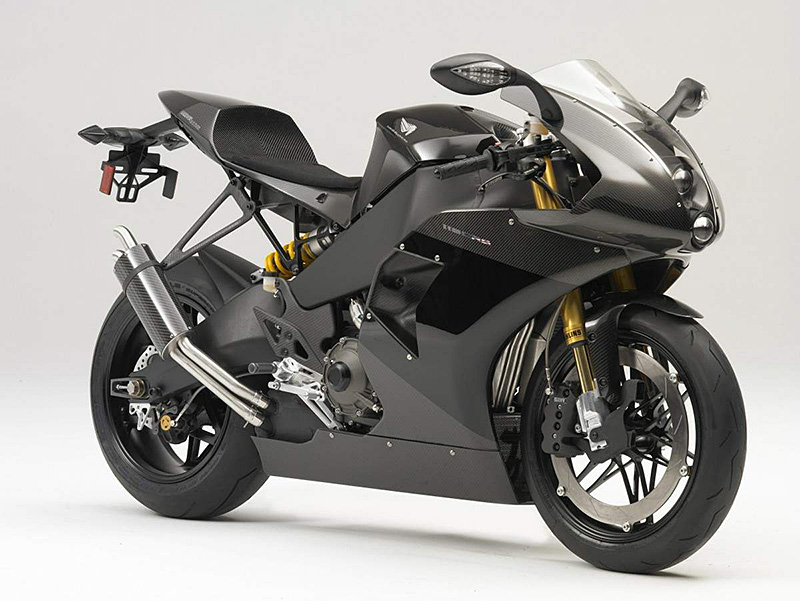
Buell has subsequently had a go at reviving his dreams via Erik Buell Racing, but that too seems to have flamed out. The small number of 1190RS and RX road machines produced were expensive, showed huge promise, and needed a little more development to be truly competitive. The RS in particular may eventually have niche collector interest.
There’s no doubt Buell has admirers. Just as I was reviewing the interview for the launch of the 1125R, I had a call from long-time industry member, Don Stafford. “What are you doing?” he asked. When I told him, he summed up the views of many on the controversial Buell: “I think he’s a really clever bloke – maybe a bit of a nut but really clever. He reminds me of [John] Britten. Doing things like putting oil in a swingarm, I wouldn’t think of that while my arse was still pointing at the ground!”
Any of the Buells have an element of risk attached to them as an investment, but I reckon they’ll do okay long term and you can have a lot of fun finding out. The 1125R is to me the ultimate expression of the Buell dream being a full-production machine backed by a major brand and having some serious performance credentials.
The limited-run Buell Racing variants that followed will also be of interest in the long term, but it was the Harley-backed production series which was of worldwide significance.
It was probably the closest he came to challenging Ducati
as a player and is as close as we’ve come to seeing a true
mass production American sportsbike. If I had a lazy
$8-12k sitting around, that’s what I’d be targeting.
***
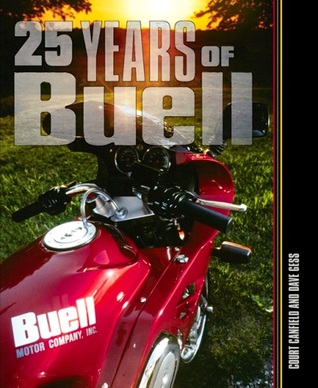
Buell book
25 years of Buell
By Court Canfield and David Gess
Published by Whitehorse Press
Specs: hardbound B4 (approx) 128 pages, glossy colour
Out of print but can be found used from around $140.
Written in 2007 in anticipation of the release of the new 1125 series, this book is big on detail and is a must-have for fans of the brand.
Without question, the most engaging chapters are those
which deal with the skin of the teeth financial ride the
company went through in its early years. The sometimes
weird and wonderful pics and sidebars help to illustrate
this.
It becomes a little more sanitised when it moves on to H-D
taking a serious financial interest in the firm. Which in
some ways is a shame, because the extent of Harley’s
support of Buell owners as it took over the marque is
probably not given full recognition.
The photography is mostly incidental rather than art,
while the text is very readable. Authors Canfield and Gess
are respectively an enthusiast of the brand and a former
employee, which provides a nice balance of insights.
Local owner forum
buellridersonline.com
Spex
Buell 1125R
ENGINE:
TYPE: Liquid-cooled, four-valves-per-cylinder, 72-degree
V-twin
CAPACITY: 1125cc
BORE & STROKE: 103 x 67.5mm
COMPRESSION RATIO: 12.3:1
FUEL SYSTEM: Fuel injection with twin 61mm throttle bodies
TRANSMISSION:
TYPE: Six-speed, constant-mesh,
FINAL DRIVE: Toothed belt
CHASSIS & RUNNING GEAR:
FRAME TYPE: Alloy spar
FRONT SUSPENSION: 47mm Showa fork, fully adjustable
REAR SUSPENSION: Showa monoshock, fully adjustable
FRONT BRAKE: 375mm ZTL disc with 8-piston caliper
REAR BRAKE: 240mm disc with 2-piston caliper
DIMENSIONS & CAPACITIES:
DRY WEIGHT: 170kg
SEAT HEIGHT: 775mm
WHEELBASE: 1375mm
FUEL CAPACITY: 20.1L
WHEELS & TYRES:
FRONT: 17 x 3.5-inch 10-spoke alloy with 120/70 ZR17
REAR: 15 x 5.5-inch 10-spoke alloy with 180/55 ZR17
PERFORMANCE:
POWER: 146hp @ 9800rpm
TORQUE: 11.2kg-m @ 8000rpm
OTHER STUFF:
PRICE WHEN NEW: $17,495 + ORC
Good
Serious performer
Sharp handling
Not too pricey
Not so good
Slow performance is patchy
Very limited servicing/repair back-up
-------------------------------------------------
Produced by AllMoto abn 61 400 694 722
Privacy: we do not collect cookies or any other data.

Archives
Contact




